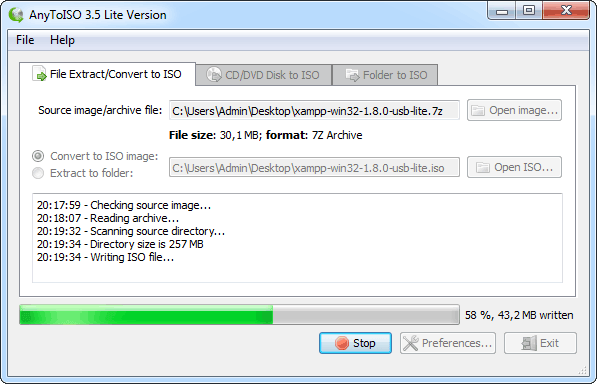

You can also launch Unarchiver, then drag and drop 7z files into the window.

That being said, you can still unzip 7z Mac files using external software like Unarchiver.ĭecompressing 7z files on Mac is pretty easy. However, in this post, we're going to assume that you've not installed it yet.Īlthough Mac comes equipped with in-built programs that help decompress Zip, ISO, and other file types, it doesn't come with a preloaded program for opening 7z files.

But, you could still run it on Mac with an application like Parallels Desktop for Mac. Unfortunately, 7-Zip is only available on Windows. The official file unpacking software for 7z files is 7-Zip.

This ensures that you never unwittingly extract malware-infected files, thus keeping your computer reasonably safe from malware. It also warns you if the files contain any viruses. However, some 7z unpacking software like Unarchiver scans all files before extracting them. The malware can have some pretty detrimental effects on your system since it might exploit vulnerabilities in the unpacking tool to extract and execute malicious code. This is due to the fact that files from unsafe sources could contain malware. That being said, you should only unpack 7z files from a trusted source. And as long as you have antivirus software installed and running on your computer, you should be pretty safe. They can't steal information or damage your computer. 7z file name in the Finder and paste it after the '7za e ' (with quotes if needed) in the terminal.Typically, 7z files are safe. If the 7z name has spaces or square brackets in it, enclose it in quotes (a good habit is to ALWAYS enclose it in quotes). There's a simple trick to avoid a lot of typing here - have a Finder window open with the folder containing the rar's visible - ie if you have the rar folder in a 'downloads' folder, have the 'downloads' folder open then type 'cd ' (that's a space in there) then drag the rar folder from the Finder to the terminal window then press return. Type '7za' in a terminal for a list of options, and go from there.įirst, type: (don't type the bracketed stuff literally) The Jaguar note on my software page will take care of this. You will have to add /usr/local/bin to your shell PATH.


 0 kommentar(er)
0 kommentar(er)
